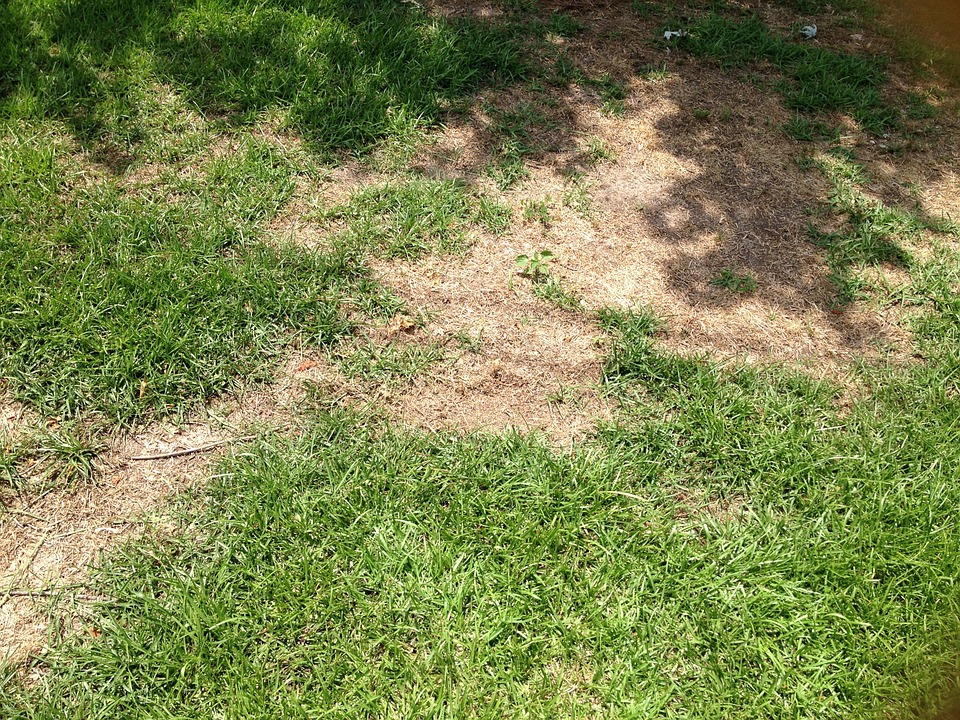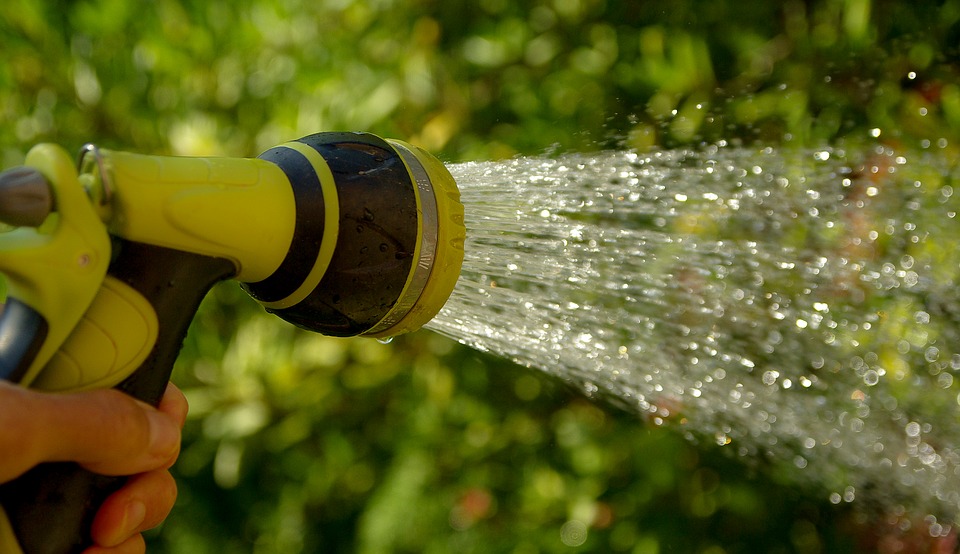A nightmare scenario for lawn lovers nationwide, the sight of brown, patchy grass can leave an instant eye-sore and insight an immediate pain in the butt.
Brown patches in your garden are a tell-tale sign of dead or dying grass. Light a candle, sing a hymn and hold a minute silence – it’s as good as done for.
Or is it?
Pull on your scrubs, grab a de-fib and prepare to play Garden God as we discover just how to revive a dead lawn.

Reasons for dying grass
If deprived of water for a prolonged period of time, grass can naturally become dormant. Worse still, this can happen in as little as two to three weeks.
Luckily, one of the few upsides of British weather is that we very rarely have a spell of sun long enough to permanently put our lawns to bed and the risk of a light nap is probably the worst you can expect.
However, it’s not just water that can turn your garden into a barren wasteland. There are many reasons for dying grass, ranging from poor maintenance to Mother Nature.
Discovering which one led to your garden’s demise is vital in knowing how to treat it – so be prepared to play the role of Shrubbery Sherlock.
Drought
Perhaps the most common reason for dying grass, aforementioned demon drought can quickly turn a sunny spell into a death knell for your lawn. Like humans and animals, lack of water can take its toll and the plant world is no different.
Mowing
While it can theoretically prolong the period between cuts, mowing your lawn too short can cause untold damage to the grass – which could leave to a very long period between cuts indeed. If your lawn is left looking brown and bare, it’s likely you’ve been a bit too liberal with the blades.
Watering
It’s recommended that your lawn receive a good coverage of water once a week. Naturally, the weather conditions will dictate whether it needs more or less, but this is a good rule of thumb to go by. Over-watering or under-watering could lead your lawn to an untimely demise.
Insects
Pests can drain the life out of a lawn in no time, so it’s important to keep them at bay. Infested lawns surfaces peel back easily like a carpet so give the area the tug test if you suspect an infestation.
Fungus
Patchy brown areas can also be a giveaway of fungus damage on your lawn. Worse still, falling foul of fungus can quickly kill off your lawn, turning your green garden into a beige bomb site.
Pets
Do you or your neighbours own pets? If you/they do, your four-legged friends could well be the culprits for your fawny lawn. Nitrogen present in dog and cat urine can be lethal for your lawn, so be sure to keep tabs on Tiddles and a keen eye on Fido.

Reviving a dead lawn
Okay, so you’ve got to the bottom of your grassy grief – now what?
Luckily, there are a few sure-fire ways to cure your summertime sadness. It’s not unusual for Britain to endure a prolonged spell of sun out of the blue, so be sure to keep an eye on your grass during a lengthy summer heatwave.
Lack of water is the most common problem associated with dead lawns, particularly in the summer months. If you’re wondering how to fix dead grass in summer, the watering can should be your first port of call.
Even if this isn’t the main reason for your garden’s demise, watering is a great way to ensure your grass stays healthy in the future. In short, keeping your garden moist with regular watering is definitely a wise move.
Better still, thorough watering can prevent and cure damage done by dog/cat urine. Watering in the morning time is highly advisable as this can also help reduce the risk of fungus as well.
Speaking of fungus, this can be caused by a build-up of thatch so be sure to remove dethatch areas affected. Liberal use of fungicide will kill any persistent cases.
Finally, keep pests at bay by not over fertilising your lawn. Like fungus, use of pesticides can rid your lawn of these turf dwelling menaces once and for all.
Tips for a reviving a lawn
Overall, there are a few steps that you can take to help drag your lawn from the jaws of defeat. Stick by these and you won’t go far wrong:
- Water weekly in the morning time
- Don’t over-water or over-fertilise
- Trim regularly but don’t scalp
- Use fungicides and pesticides if necessary
If you’re still unsure how to rescue your lawn from dying a slow and browny death, give us a call on 0800 111 4958. Alternatively, why not let us take a look? Click below and book a FREE garden survey now!
Request a FREE Survey